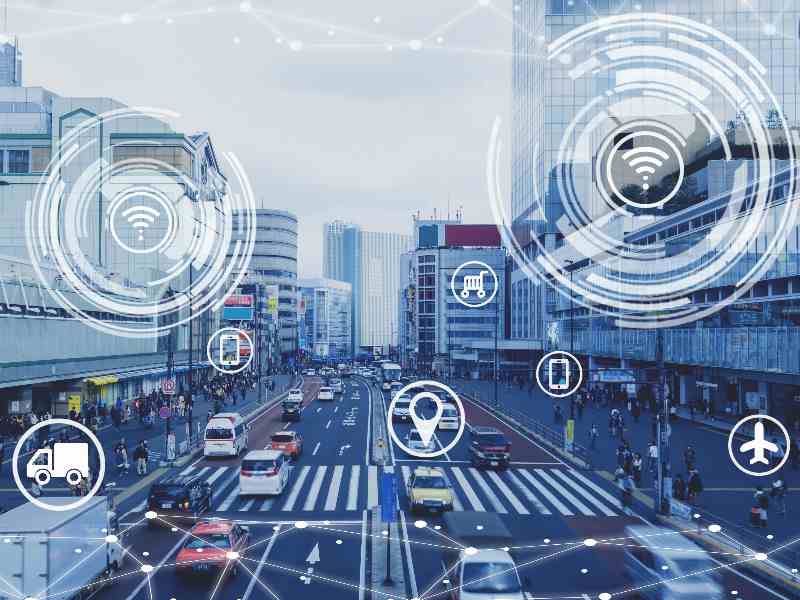Image: Vasin Leenanuruksa©123RF.com By Mbae Mutegi, PE, CEM –County Business Manager (Nairobi West) at Kenya Power
Africa has the fastest-growing economies from across the world and has massive road, rail and power infrastructure projects underway.
Coupling the said projects with Industrial Internet of Things (IIoT) from the onset will improve their optimal use, reduce maintenance costs, and improve on their lifespan.
While the rapid deployment of 4G communication technologies will provide one of the missing links in the deployment of IoT technologies in the continent.
The IIoT, which has good returns on investment, refers to a huge network of physical devices inter connected by various communications technologies.
This interconnectedness results in a system that can monitor, collect, exchange, analyse, and deliver useful insights for smarter, faster and more accurate business, technical, operational, managerial and quality of life.
It encompasses the use of sensors, communication networks and big data analytics to measure and optimise processes for improved and transformative system and operational efficiency, productivity and better performance.
The IIoT is used in many industries including but not limited to healthcare, energy, oil, gas, manufacturing, aviation and construction and operationalisation of smart cities as illustrated in figure 1 below. Figure 1: IIoT in various sectors The main stages of deploying an IIoT system are: A robust sensing system for accurate system data.
A customised modelling module to simulate adverse conditions, possible failures and degradation.
A reliable continuous condition monitoring system to monitor any anomalies outside the expected system behaviour.
A diagnostics toolbox that contains efficient reasoning engines which isolate and infer root causes of faults. A prognostic component that uses system models and data to probabilistically predict the IIoT system’s useful life span. Actionable recommendations based on decision-theoretic and data analytic algorithms for accurate planning. Automated prompts which allow timely actions and interventions. This is summarised in figure 2 below: Figure 2: Stages of deployment of an IIoT system Applications of IIoT and smart cities One of the key uses of IIoT is in the development of a reliable condition-based preventive maintenance is far much better than the traditional preventive maintenance as shown in figure 3 below: Figure 3: Proactive versus reactive maintenance Proactive system maintenance is more predictable, tailored, fixes systems before an actual breakdown, more reliable, cheaper and reduces system downtime when compared to the reactive system maintenance as illustrated above.Manufacturers, infrastructure and utility companies are responsible for ensuring the safety and operability […]
